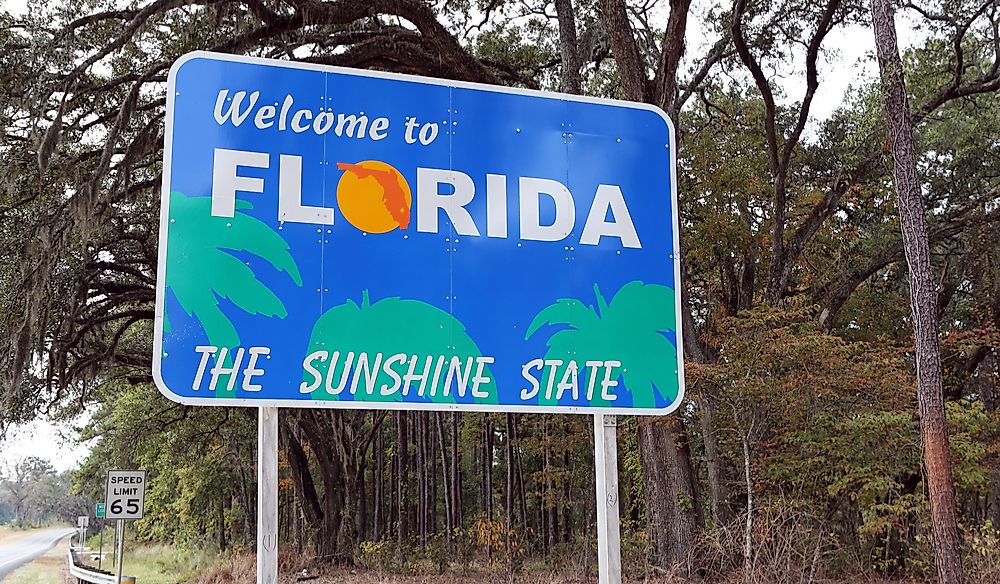When Was The US State Of Florida Founded?

Florida was admitted into the Union in 1845 as the 27th state. The state is known for its balmy climates as well as its natural beauty. Florida's geographical location has contributed significantly to the state's historical and modern day development. The state's strategic position at the entrance of the Gulf of Mexico made it a prized possession for the colonial powers that controlled the territory.
Early Settlements
Florida was initially occupied by Native American peoples who entered the area from the north nearly 12,000 years ago. Smaller groups of indigenous people continued to arrive in the region after 500 BCE. By the 16th century, the Native American population that lived in Florida numbered several hundred thousand.
European Exploration
The region that is now the state of Florida was originally a Spanish colony. Among the first Europeans to arrive in Florida was Juan Ponce de Leon, a Spanish explorer, who in 1513 claimed the territory for Spain. He also named the newly discovered land as "La Florida" which means “The Flower." Juan left on an intermission and returned eight years later to establish a colony near Fort Myers. He was however mortally wounded by the Calusa indigenous tribe in 1521 and died in Havana Cuba in the same year.
In 1528, 400 men led by Panfilo de Narvaez arrived in Florida and set out on a disastrous expedition to learn more about the territory which reduced the force to 15 men. In 1536, Hernando de Soto led another disastrous expedition that was focused on western Florida. Tristan de Luna attempted to set up a colony near Pensacola Bay nearly 20 years later, but the settlement was destroyed by a hurricane and was abandoned in 1561.
In 1564, French Protestants established Fort Caroline near modern Jacksonville but were massacred by the Spanish in 1565. In 1763, the Spanish handed over Florida to Britain as part of a treaty to end seven years of war. Florida was however handed back to the Spanish at the end of the American War of Independence in 1783. The United States occasionally entered the Spanish territory during the First Seminole War between 1817 and 1818.
Establishment of Florida
In 1821, the Spanish agreed to cede Florida to the United States in return for the cancellation of debts. The increasing number of white settlers led the US government to convince some Seminole Chiefs to sign a treaty that offered them land elsewhere. Many, however, refused to leave which led to the Second Seminole War (1835 to 1842) which forced a majority of Seminoles to leave Florida. A steady increase in the population led to statehood aspirations among the residents, and on March 3, 1845 Florida joined the Union as the 27th state.
Modern Florida
Today, Florida attracts large numbers of visitors due to its climate and beautiful scenery. The service sector which is anchored by the tourism industry is the main component of the state’s economy ahead of manufacturing and agriculture. The state is also home to St. Augustine which is Florida's oldest city and among the oldest European settlements in the nation.











